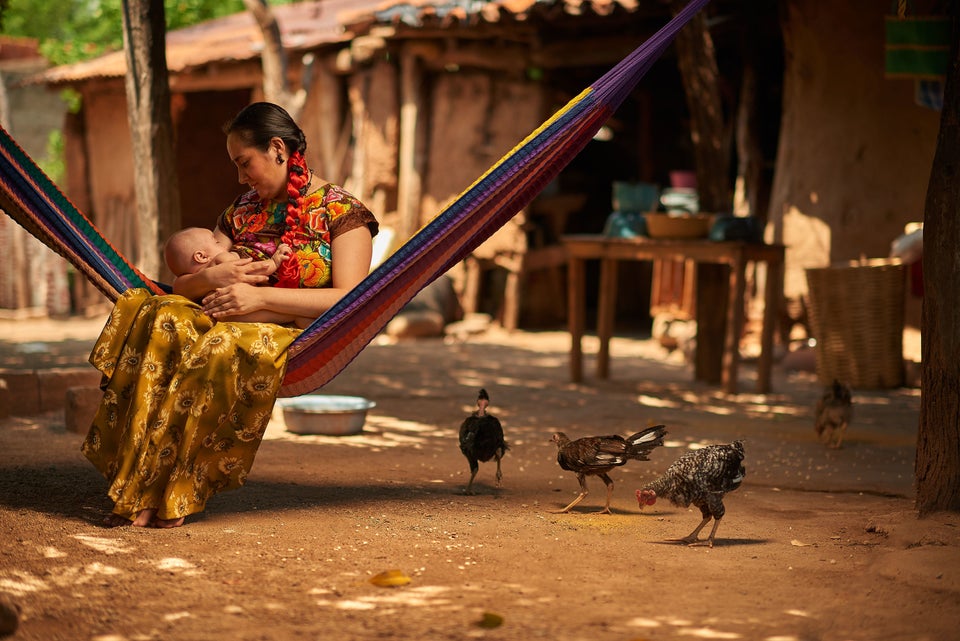Omar, a young coca farmer, is part of a different kind of story coming from Peru’s so-called cocaine valley.
The 19-year-old is featured in a new film titled “Racing in Cocaine Valley,” one of dozens of documentaries being showcased on Al Jazeera English as part of an independent filmmakers series called Witness.
Omar is from the Valle de los Ríos Apurímac, Ene y Mantaro region (also known as VRAEM), which is located at the foot of the Andes and is known as the top coca producing area in the country. For many living in the region, growing coca leaves is their only source of income.
The coca leaf itself is considered sacred within indigenous cultures in South America and is used for medicinal purposes in countries such as Bolivia and Peru. Millions of people in the Andes regularly chew the leaves, which act as a mild stimulant and relieve symptoms caused by high altitude. Drug traffickers also use sun-dried coca leaves to produce cocaine hydrochloride and coca paste. In a 2015 study, the production of sun-dried coca leaves stood at some 99,080 metric tons, according to the Peru Coca Survey published by the United Nations Office on Drugs and Crime.
Though many know VRAEM as an unruly valley, local coca farmers have built another kind of identity, separate from drugs, around motor-rickshaw racing. In the film, Omar returns to his hometown in VRAEM on military leave. He reunites with his cousins and uncles, who all play a major role in his world of racing. His cousin, Roy, has the most important job ― driving the motor-rickshaw. Omar is his co-pilot.
Upon Omar’s arrival, preparations start almost immediately for the biggest race of the year. Thousands of spectators go to the event to escape their daily routines and watch 50 motorized rickshaws compete for a cash prize.
The documentary explores not only the men’s passion for racing, but also how culturally important this local tradition is for young people like Omar.
“I was born in Santa Rosa and nobody is going to change that,” he says in the film. “Being a soldier and a coca farmer, if one day they give me the order to eradicate coca, I know where I’ll stand. Because my roots are from VRAEM.”
Watch “Racing in Cocaine Valley” in the video above.

